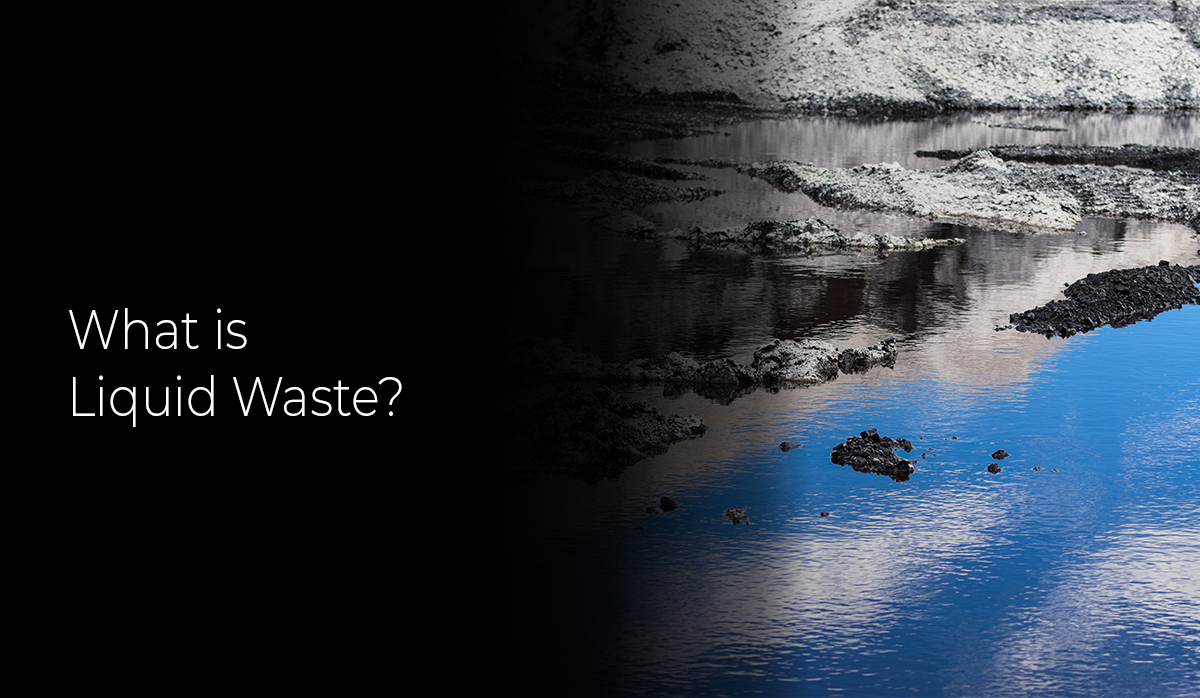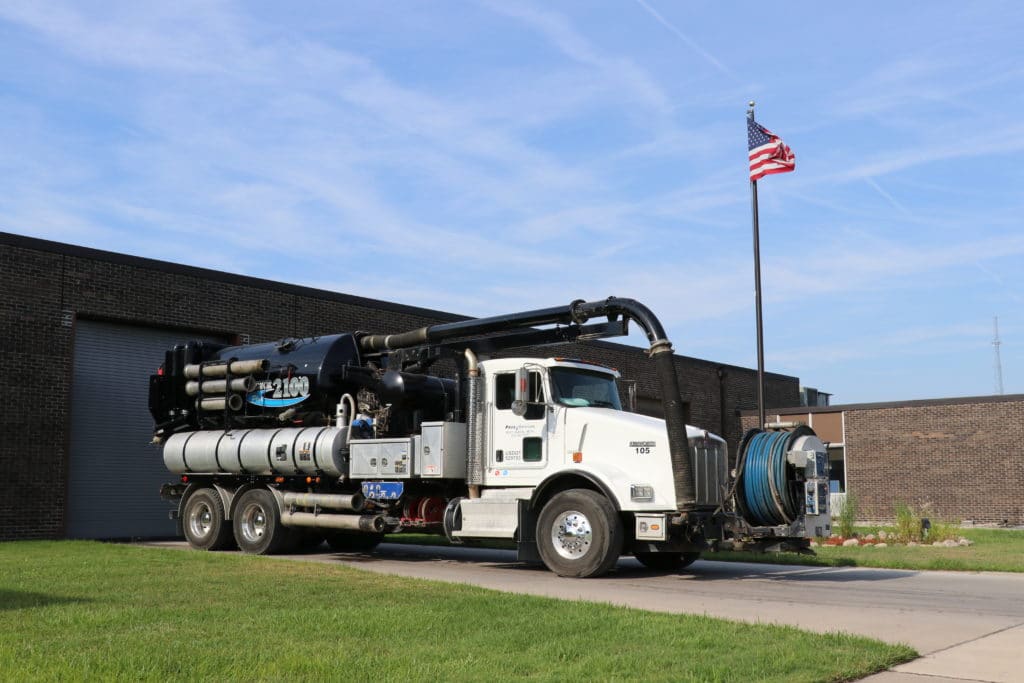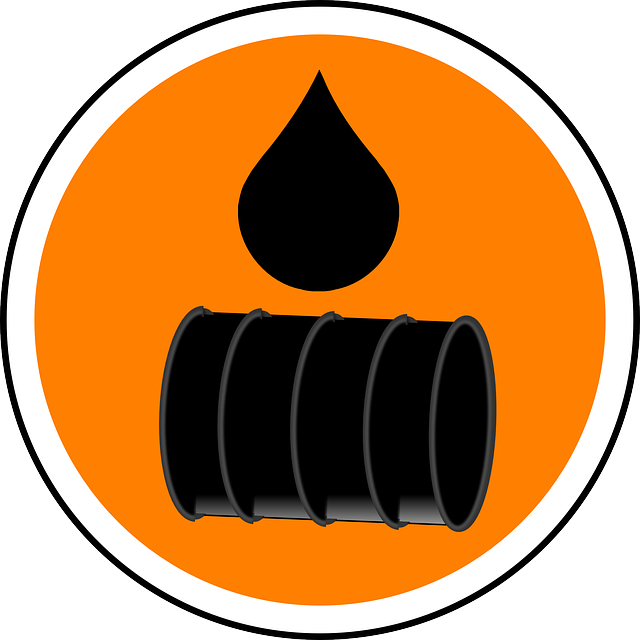How Fluid Garbage Disposal Functions: A Thorough Introduction of Strategies and Technologies Employed

Introduction of Liquid Waste Kind
The complexity of fluid waste types demands a comprehensive understanding of their characteristics and ramifications for disposal. Liquid waste can generally be classified right into a number of types, including commercial, metropolitan, farming, and contaminated materials. Each group exhibits distinct buildings, needing specific management approaches to reduce ecological and wellness risks.
Industrial liquid waste stems from making procedures and frequently contains a variety of contaminants, such as heavy steels, solvents, and organic compounds. Community fluid waste, primarily making up wastewater from houses and business facilities, consists of organic matter, nutrients, and microorganisms (industrial wastewater treatment). Agricultural liquid waste, consisting of runoff from farms, may include fertilizers, chemicals, and animal waste, positioning risks to water quality and communities
Dangerous liquid waste is characterized by its poisoning, sensitivity, or possible to trigger harm. This category consists of substances like acids, bases, and certain chemicals that necessitate strict handling and disposal procedures. Comprehending these varied liquid waste kinds is critical for establishing efficient disposal methods and guaranteeing compliance with environmental policies. Proper category and characterization are essential for applying ideal treatment methods and reducing the unfavorable effect on public wellness and the atmosphere.
Physical Treatment Approaches

Screening is the preliminary step, where larger particles and debris are removed from the liquid waste using screens or grates. This procedure shields downstream equipment from damages and makes certain smoother procedure. Complying with screening, sedimentation makes use of gravitational pressure to different solids from liquids. In sedimentation tanks, larger bits work out near the bottom, developing a sludge layer, while the cleared up liquid can be more dealt with.
Purification is an additional crucial technique that involves passing the fluid through permeable materials, such as sand or membranes, to record smaller sized particles. This action enhances the top quality of the liquid, making it suitable for succeeding treatment procedures.

Chemical Treatment Methods
Chemical treatment methods are vital for effectively taking care of fluid waste, especially in resolving dissolved and colloidal contaminants that physical techniques may not properly remove. These techniques make use of numerous chemical representatives to neutralize, precipitate, or change hazardous compounds right into less dangerous forms.
One common technique is coagulation and flocculation, where chemicals such as alum or ferric chloride are contributed to promote the gathering of suspended bits. This process enhances sedimentation, permitting less complicated removal of the resulting sludge. Furthermore, oxidation procedures, using agents like chlorine or ozone, are utilized to damage down intricate organic compounds and microorganisms, providing the waste safer for discharge or further treatment.
Neutralization is one more critical technique, which adjusts the official statement pH of acidic or alkaline waste streams to neutral levels, stopping possible injury to downstream systems and the environment. Additionally, advanced oxidation procedures (AOPs) utilize combinations of oxidants and ultraviolet light to weaken consistent toxins, attaining read this article a higher degree of treatment effectiveness.
Biological Treatment Processes
Biological treatment processes play a critical role in the administration of liquid waste by using bacteria to break down natural matter and minimize pollutant levels. These processes can be broadly categorized into anaerobic and cardiovascular treatments, each employing specific microbial neighborhoods to attain efficient waste deterioration.
Aerobic treatment entails using oxygen to assist in the break down of organic products by microorganisms. This process is typically applied in activated sludge systems, where oygenation storage tanks offer a conducive setting for microbial growth, bring about the oxidation of natural contaminants. The resultant biomass can be divided from dealt with effluent through sedimentation.
In contrast, anaerobic treatment occurs in the absence of oxygen, relying upon different germs to damage down raw material. This method is particularly helpful for high-strength waste, as it generates biogas, a renewable resource resource, while minimizing sludge production. Technologies such as anaerobic digesters are regularly employed in metropolitan and industrial applications.
Both anaerobic and cardiovascular organic treatments not just reduce the environmental impact of fluid waste but likewise facilitate source recovery, making them vital components of lasting waste monitoring techniques. Their effectiveness, versatility, and effectiveness support their Home Page extensive execution across various markets.
Arising Technologies in Disposal
Ingenious approaches to liquid waste disposal are swiftly advancing, driven by developments in innovation and a boosting focus on sustainability. Among these emerging technologies, membrane bioreactors (MBRs) have acquired grip for their capacity to incorporate organic therapy with membrane layer filtration, causing premium effluent that can be recycled in different applications. MBRs allow smaller sized impacts and a lot more efficient operations compared to standard systems.
One more appealing advancement is using anaerobic digestion integrated with nutrient recovery technologies, which not only treats fluid waste however additionally creates biogas and recoups beneficial nutrients like nitrogen and phosphorus. This twin advantage improves source effectiveness and minimizes environmental impact.
Furthermore, progressed oxidation procedures (AOPs) are being taken on for the degradation of complicated organic contaminants. These methods make use of effective oxidants and stimulants to damage down pollutants at the molecular level, using an extremely efficient option for difficult waste streams.
Furthermore, the integration of expert system and artificial intelligence in waste management systems is optimizing functional efficiency and predictive upkeep, resulting in decreased prices and enhanced environmental conformity. These innovations reflect a substantial change towards even more efficient and sustainable fluid waste disposal techniques.
Final Thought
In conclusion, efficient fluid waste disposal necessitates a detailed understanding of numerous strategies and technologies. By constantly progressing these methodologies, it becomes feasible to resolve the expanding challenges associated with liquid waste, eventually adding to ecological defense and source recuperation.
Fluid waste disposal is an essential aspect of environmental management, needing a detailed understanding of different methods and modern technologies tailored to different waste types. Liquid waste can broadly be categorized into several types, including industrial, community, agricultural, and dangerous waste. Agricultural liquid waste, including overflow from farms, may include fertilizers, pesticides, and animal waste, posing risks to water quality and communities.
Various physical treatment approaches play a critical role in taking care of liquid waste efficiently - industrial wastewater treatment.In conclusion, efficient liquid waste disposal demands a detailed understanding of different techniques and technologies